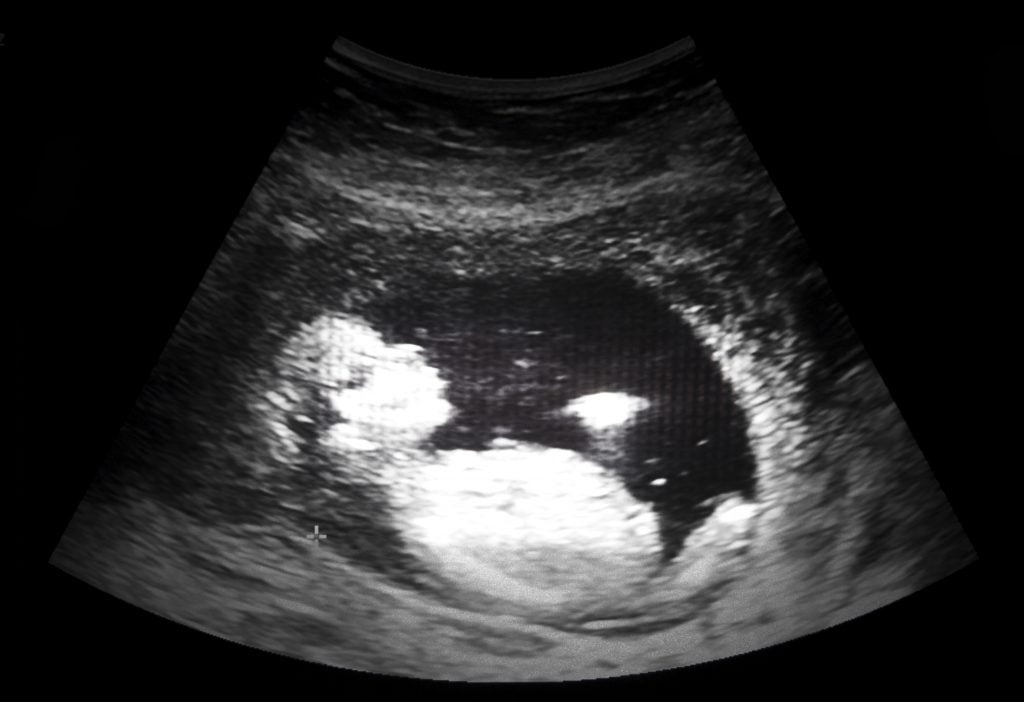“I hear you are going to have a boy. Congratulations! Unfortunately, after reviewing your ultrasound, there are a few concerning images.” Those were the words Samantha Williams and countless other parents have heard following their 20-week ultrasounds.
 The 20-week ultrasound appointment lasts between an hour and an hour and a half. The technician measures every inch of the baby’s developing body, which is roughly the length of a banana. All of their measurements and photos are then retrospectively reviewed by a radiologist for “concerning images.”
The 20-week ultrasound appointment lasts between an hour and an hour and a half. The technician measures every inch of the baby’s developing body, which is roughly the length of a banana. All of their measurements and photos are then retrospectively reviewed by a radiologist for “concerning images.”
“First of all, there is a focus in the heart,” the doctor explained to Samantha. “You may have noticed the technician taking extra pictures. Second, his fingertips seem to be curved. It is not fully clear, but it does look like a few of the tips are rounded. And third, he is measuring one week behind in his arm and legs.”
These are all “soft markers” for Down syndrome. Samantha was sent to a high-risk clinic for another ultrasound and to meet with a genetic counselor. “We fully support you in whatever decision you would like to make,” the doctor said.
Samantha had always considered herself pro-life, but she said she strongly considered abortion in the days that followed. It all felt like too much. However, after subsequent ultrasounds, the soft markers weren’t present, although her baby continued to develop at a very slow rate, raising concerns about dwarfism.
In the end, Samantha chose life for her son, Easton. Every single week following her 20-week ultrasound, she was offered abortion. Before her C-section at 34 weeks, she was offered abortion one final time. She said no. He was born, weighing just three and a half pounds. After delivery they discovered that Samantha had undiagnosed preeclampsia which is why Easton developed so slowly.
What Samantha, and likely the other countless parents in her situation, was not told is that radiologists have a 30% error rate when retrospectively reviewing images. What Claire Bell, a mother in the UK who almost aborted her daughter Fintry following a false positive test for Turner syndrome, was not told, is that some tests accurately diagnose the more rare syndromes only about 40 percent of the time.
Late-term abortion not only exists but is a tragic “solution” the healthcare system turns to when children don’t fit the range of “normal.” Thankfully for Easton and Fintry, parents don’t always listen to medical advice.




